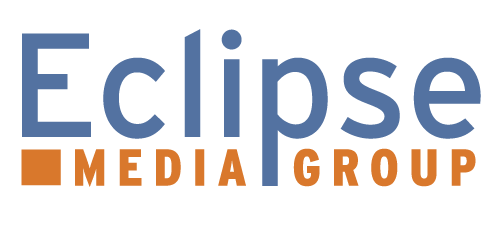How smart cameras can help facility directors optimize building usage for today’s dynamic workplaces

• AI-enabled smart cameras can assist with real-time analysis of open workspaces for meetings or individual workers for flexible return to work scenario
• Smart cameras provide security and safety functions as well as valuable operational intelligence about a facility
• Video analytic applications can help manage health and safety policies, such as social distancing or masks regulations, where required
Munich, 25 June 2021 — As vaccination rates for COVID-19 continue to rise, the global business community is advancing the conversation about returning to work. Employees that were housed in large private and multi-tenant office spaces in major urban and suburban centers are being presented an array of options, many of which include a part-time return to an office environment that prioritizes spaces for collaboration over desks at which individual employees sit and work.
The redrawing of workspaces for this new elastic workforce presents challenges and opportunities for facilities and operations staff. While there may be fewer individuals in the office on any given day, the spaces in which they gather must be conducive to face to face interactions while adhering to current health and safety regulations.
Technology is key to this transition. A new generation of smart cameras is providing enhanced security and safety functionality to building tenants and staff. At the same time, these same cameras also handle return to work measures where required — monitoring adherence to social distancing, face mask requirements or corporate occupancy management policies. These cameras, which operate on an open platform from Security & Safety Things (S&ST), are capable of running a variety of different apps, much like a smart phone. When equipped with AI-enabled video analytics, these cameras help facility operators to more efficiently manage day-to-day operations, automate staff intensive processes and optimize the usage of space.
Optimize building traffic flow and usage with analytics
Data provided by these devices assists security managers, landlords and building managers in analyzing foot traffic with people counting or flow detection applications. These analytics can improve building or lobby flow by identifying the cause of bottlenecking or other choke points during busy morning and evening hours. Conversely, as many businesses are considering adopting a longer-term virtual workforce model, smart security camera applications can help facility managers evaluate facility usage for space utilization or real estate decisions.
Improve tenant and employee experience
Smart cameras are also helpful in basic facility maintenance by identifying open work and meeting spaces with sufficient space for social distancing and assessing the cleanliness of each area or recording the last time the area had been sanitized. Additionally, they’re able to identify if conference room lights or devices have been left on or notify personnel of stock items needed in office break rooms.
Smart surveillance prioritizes building safety
One additional benefit is how smart cameras play an important role in fire and safety prevention, through the early detection of flames, smoke or spills in buildings. Video analytics, combined with AI and other current technologies, can detect such incidents in an early state and trigger alarms faster and more reliably than humans. This prioritization of building safety can lead to a decrease in insurance risk and high premium costs, as costs of property insurance correlate with risks from fire or water damage.
The future of IoT in buildings
Smart video analytics can help to manage buildings more easily and efficiently. Now is an ideal time for landlords and operators of commercial buildings to invest in this new breed of smart security cameras, which can be flexibly equipped and re-equipped with many different video analytics applications from an application store. With this model, cameras are powerful, intelligent edge sensors that can today be used for dynamic healthy workplace concerns and tomorrow be repurposed to improve building safety and visitor experience. The key is to invest into this technology today to have the flexibility when it will be needed.
